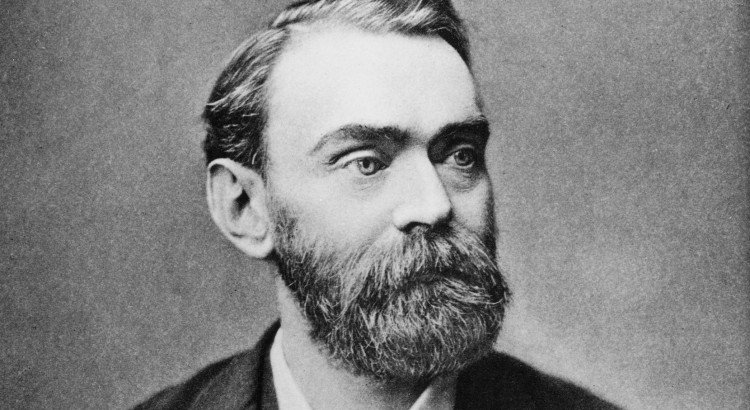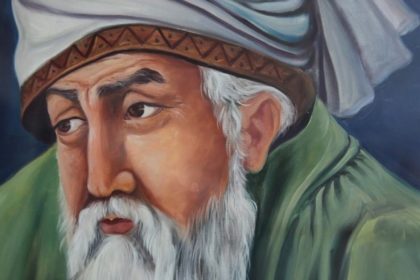Alfred Bernhard Nobel was a Swedish chemist, engineer, inventor, businessman and philanthropist. Known for inventing dynamite, Nobel also owned Bofors, which he had redirected from its previous role as primarily an iron and steel producer to a major manufacturer of cannons and other armaments. Take a look below for 30 more fascinating and interesting facts about Alfred Nobel.
1. Nobel held 355 different patents, dynamite being the most famous.
2. After reading a premature obituary, which condemned him for profiting from the sales of arms, he pledged his fortune to institute the Nobel Prizes.
3. The synthetic element, nobelium, was named after him.
4. His name survives in modern day companies such as Dynamit Nobel and AkzoNobel, which are descendants of mergers with companies Nobel himself established.
5. Nobel became interested in engineering and explosives at an early age, supported by his father, who was also an engineer.
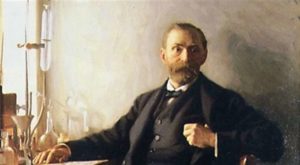
6. His father, who invented both the process of making plywood and the torpedo, influenced Nobel’s interests in science and inventing.
7. Nobel was only in his twenties when he filed for his first of 355 known patents. This one was for a gas meter.
8. His family began in fairly extreme poverty, but his father’s factory switched to making weapons for the Crimean War. Unfortunately, it was difficult to maintain this economic stability once the war ended and they switched back to making household goods.
9. When he learned about the newly discovered nitroglycerin, Nobel invented the remote detonator and the blasting cap.
10. Following an explosion at his factory that killed five people, including his younger brother, Nobel focused on developing a safer explosive, resulting the development of dynamite.
11. He developed a safer dynamite by combining nitroglycerin with diatomaceous earth, which made it less volatile and, therefore, safer to handle.
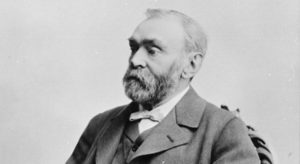
12. Later experiments allowed him to produce a gelatin-based nitroglycerin combination that he patented as blasting gelatin, or Gelatignite.
13. An even later invention, ballistite, paved the way for smokeless explosives and gunpowder, which are all precursors to modern-day rocket propellant.
14. Many in the media and pop culture took Nobel’s 90 weapons factories as a sign of his fascination with war and killing, despite his belief in pacifism.
15. Due to his incredible and lifesaving contributions to science and chemistry, one of the elements on the periodic table is named after him.
16. During his lifetime, two of Nobel’s older brothers had established oil fields which Nobel invested in, becoming enormously wealthy.
17. He had eight siblings and was the third son of his parents. However, only Alfred and his three brothers survived their post-childhood.
18. Nobel was a descendant of the famous Swedish scientist and writer, Olaus Rudbeck.
19. He moved to Saint Petersburg in Russia along with his family in 1837 as his father’s business failed at Stockholm.
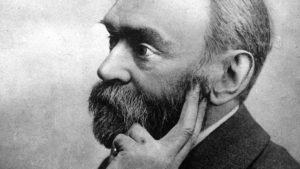
20. Nobel had three loves in his life. His first love was a Russian girl, Alexandra. When he proposed to her, she rejected him.
21. Nobel’s second love was Bertha Kinsky, a Austro-Bohemian Countess, who also became his secretary in 1876. It’s said that she was behind the inclusion of the Peace Award among the other awards of his will. She also won the Nobel Peace Prize in 1905.
22. On December 10, 1896, Nobel suffered a stroke and died at Sanremo in Italy.
23. A monument to Alfred Nobel was established in 1991 in Saint Petersburg. It’s located along the Bolshaya Nevak River on the Petrogradskaya Embankment.
24. Nobel was elected a member of the Royal Swedish Academy of Sciences in 1884, the same institution that would later select laureates for two of the Nobel prizes, and he received an honorary doctorate from Uppsala University in 1893.
25. Accused of “high treason against France” for selling Ballistite to Italy, Nobel moved from Paris to Sanremo, Italy, in 1891.
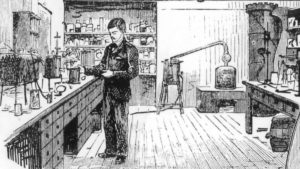
26. Through baptism and confirmation, Alfred Nobel was Lutheran and during his Paris years, he regularly attended the Church of Sweden Abroad, led by pastor Nathan Soderblom, who would in 1930 also be the recipient of the Nobel Peace Prize.
27. Nobel traveled for much of his business life, maintaining companies in various countries in Europe and North America and keeping a permanent home in Paris from 1873 to 1891.
28. Nobel’s third and longest lasting relationship was with Sofie Hess from Vienna, whom he met in 1876. Their relationship lasted for 18 years.
29. Despite the lack of formal secondary and tertiary level education, Nobel gained proficiency in six languages: Swedish, Russian, French, English, German and Italian.
30. His Nemesis, a prose tragedy in four acts about Beatrice Cenci, partly inspired by Percy Bysshe Shelley’s The Cenci, was printed while he was dying.

